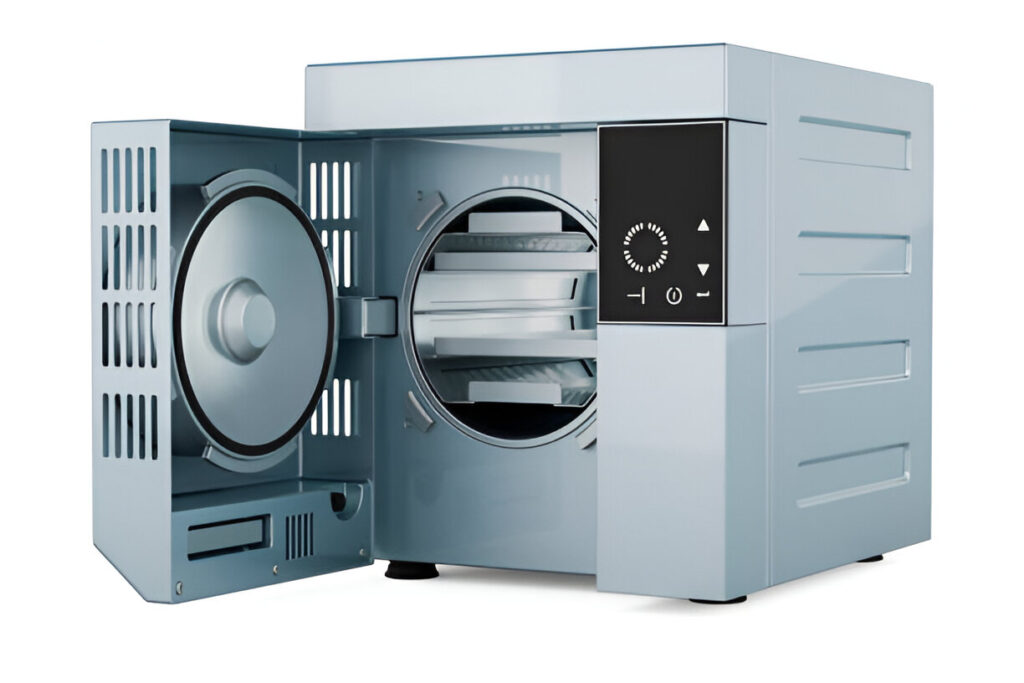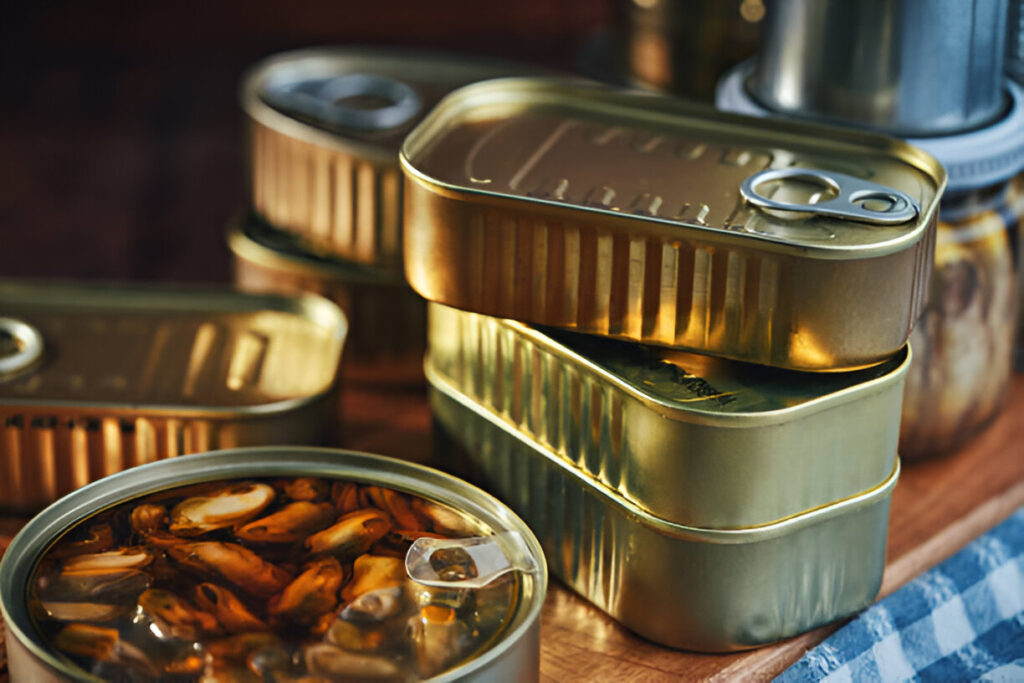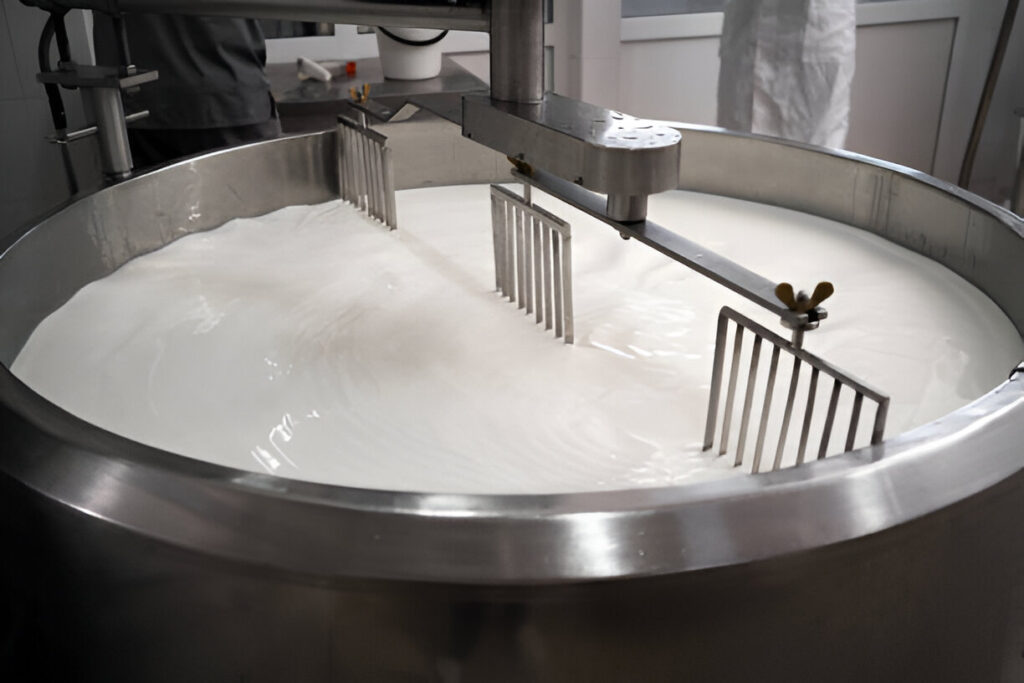There needs to be more clarity about Sterilization vs Pasteurization and what distinguishes these two systems. Pasteurization and Sterilization are the processes of heating Food to control its enzymatic activity and bacterial growth.
Pasteurization reduces bacterial growth, but sterilization completely removes the microorganism and spore load in Food. Various industries, such as food, drug, cosmetics, and chemical, use sterilization and pasteurization.
1. What is Sterilization Process?

This is the most extreme process that eliminates the microorganisms and spores by heating it to 100°C. This temperature exceeds the boiling point of water and is lethal for many living organisms. As a result, removing all types of microorganisms and bacteria from the product is necessary.
Sterilized products have zero bacterial counts and have a shelf life of more than years at storage temperature and under certain conditions suggested by the manufacturer. Heat easily destroys many nutrients and flavors in food products when exposed to high temperatures. As a result, sterilized foods alter taste and provide less nutrition than fresh products.
Consider F and F0 as the durations of sterilization carried out at 121.11°C under 100 KPa pressure. The heat treatment first varies with the product.
2. Types of Sterilization
2.1 Physical Method of Sterilization
- High pressure (autoclave) sterilization
- Dry heat (oven)
- Moist heat sterilization
- Dry heat sterilization
- Filtration
- Radiation
- Sound waves vibration
- Fractional sterilization
(i.) Process

- Autoclave treatment can effectively sterilize the Food. The main aim of sterilization is to eliminate microorganisms in food processing. High temperature kills biological microorganisms such as spores.
- The heat sterilization method is considered effective in eliminating microbes and enzymes.
- Irradiation is the process of sterilizing a product by exposure to radiation. Both non-ionizing and ionizing radiations are used.
- The sound wave method of sterilization requires sound waves of 20-40 kHz to be in the fluid.
- Fractional sterilization is the method utilized for products containing sugar and gelatin. This requires certain conditions, including a temperature of 100°C for 20 minutes, which kills the vegetative bacteria and spores.
2.2 Chemical Method of Sterilization
- Gaseous sterilization
- Liquid sterilization
(i.) Process
- Chemical method of sterilization is utilized for plastic equipment and biological speciman. Gaseous sterilization includes the treatment of exposing the Food to gas in an environment at a certain heat and pressure. The gases used are ethylene oxide, nitrogen dioxide and ozone.
- Liquid sterilization is the process of immersing an object in a liquid. The liquid chemicals are glutaraldehyde, hydrogen peroxide, and hypochlorite solution.
2.3 What is Cool Sterilization?
Cool sterilization is the process of treating Food at low temperatures with filters, radiation, and chemicals. This process sterilizes products containing heat-sensitive particles.
2.4 Sterilized Food Products

- Preserves
- Canned tuna
- Tomato puree
- Canned legumes
- Jams
- Pickles
- Sauces
2.5 Pros of Sterilization
Sterilized products do not require refrigeration, and they have a shelf life of over 4 months. Food stays sterilized until someone opens or damages its packaging. Consume it promptly once opened.
2.6 Cons of Sterilization
High-temperature sterilization reduces the quality of Food by destroying nutrients and flavour. It results in organoleptic changes such as texture and colour.
2.7 Factors that affect Sterilization
(i.) Cleaning
Clean all equipment before placing the product in pouches. Uncleaned equipment may contain salt and protein debris. Using contaminated equipment will allow microorganisms to utilize this debris to grow again despite sterilization.
(ii.) Packaging
It would help if you avoided improper sealing and wrapping of the equipment before starting the process. You should adequately evaluate the proper packaging. Self-sealing pouches should be used.
(iii.) Choice of Material
Choosing the packaging material has a significant effect on the method of sterilization. Improper packaging material prevents sterilization agents from penetrating properly. You should check the type of sterilizer and the proper implementation of the process for the appropriate sterilization.
(iv.) Autoclave
Autoclaving has a significant effect on the sterilization cycle. User error is the main reason for problems such as inaccurate operation and temperature set that result in improper sterilization. Insufficient temperature and time will not kill the microorganisms completely.
2.8 Improper Maintenance of Equipment
Equipements should be maintained and checked correctly according to schedule. Damaged equipment leads to an improper sterilization cycle.
3. What is Pasteurization Process?

French scientist Louis Pasteur invented The pasteurization process in the 19th century. This process involves the heating treatment at a specific temperature and time.
3.1 Types of Pasteurization
- VAT Pasteurization 63°C for 30 minutes
- High-temperature Show Time (HTST) Pasteurization 72°C for 15 seconds
- HTST high heat short time (HHST) 89°C for 1 second
- Ultra Heat Pasteurization (UHT) 130°C for 1 second.
(i.) VAT Pasteurization
VAT Pasteurization, also known as Batch Pasteurization, uses closed vats to heat the product between 62°C and 64°C for approximately 30 minutes, and it is preferred over cooling.
The shelf life of VAT pasteurized Food is 2 to 3 weeks. Food is stored in the refrigerator.
This type of process is compatible with low-volume products and small plants. However, it is slow and expensive.
(ii.) High Temperature and Short-Time (HTST)
It is also called flash pasteurized and is done in a continuous batch. The temperature range is between 74 °C and 76°C for 15 to 20 seconds. It kills harmful bacteria clostridium botulinum spores.
The benefit of this process is that it preserves colour and flavour and is suitable for beverages and milk products. However, it is pretty expensive.
(iii.) Ultra-High Temperature (UHT) Pasteurization
it is a process mainly used to preserve the milk. This process heats the product to 135 degrees centigrade for 2 to 5 seconds and then places it into aseptic packaging. The shelf life of UHT pasteurized milk is 6 to 9 months. The advantages of UHT pasteurization are its short processing time and long shelf life; however, UHT pasteurization requires a lot of energy. It reduces the nutritional profile of milk and alters the flavour of milk.
3.2 Storage
- Pasteurized products with PH below 4.5 can be stored at room temperature.
- Pasteurized products with PH above 4.5 are stored in a cool place.
Pasteurization destroys the bacterial load in a product. However, pasteurization does not kill certain spores or bacteria in the product. The destruction of bacteria and microorganisms depends on treating the posterized heat. In products with a low pH of 4.5, certain organisms are destroyed. The preservation process depends on the acidity of the product. In products with PH above 4.5, certain microorganisms are killed. Low temperature completes the preservation process.
3.3 Shelf life of Pasteurized Products
The sterilized product’s shelf life stability depends on the acidity of the product.
- Products with a PH below 4.5 have a shelf life above 12 months
- Products with PH above 4.5 that are perishable Food have a shelf life of a few months.
3.4 Pasteurized foods

- Juice
- Alcoholic and fermented beverages such as beer, wine, dairy products
- Deserts
- Nuts
- Flour and its products
- Eggs and egg products, imitation meats, and Deli meats
- Honey
- Cream
- Preserves
- Cheese
3.5 Factors that affect the Pasteurization
Factors that influence the pasteurization process are the design of the heat exchanger, temperature and pressure requirements, the physiochemical properties of the product, and required flow rates, etc. Insufficient temperature and pressure for the product will result in failure of the pasteurization process. Heat destroys heat-sensitive agents in various products, resulting in changes to the product.
4. Conclusion
Industries widely use pasteurization and sterilization methods, making them significant for food processing and manufacturing various products. Manufacturers and employees in the industry should have complete knowledge of the process for complete implementation. Click here to know more.

